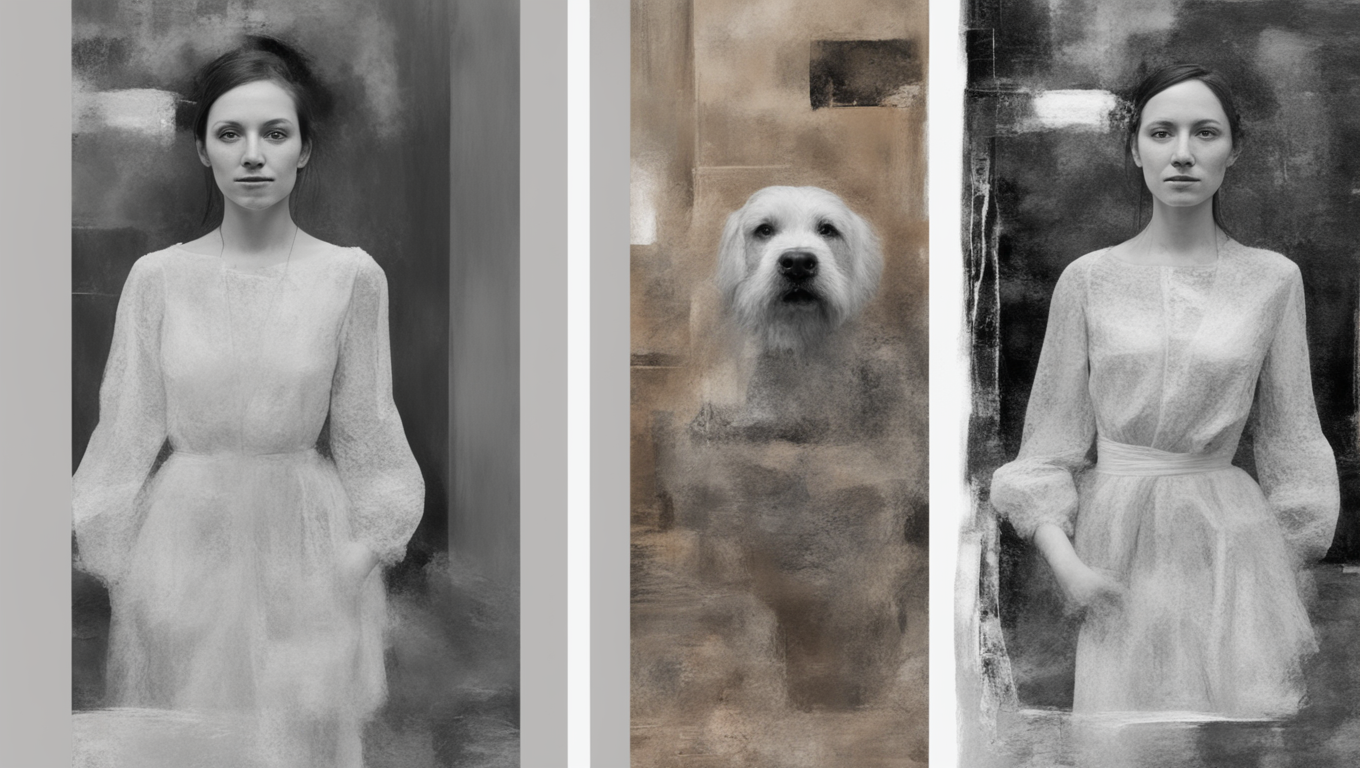Facebook and Instagram are taking steps to combat the spread of fake content by introducing labels on AI-generated images. This initiative is part of a broader effort within the tech industry to distinguish between real and manipulated content. Facebook’s parent company, Meta, announced on Tuesday that it is working with industry partners to develop technical standards that will enable the identification of AI-generated images, and eventually video and audio as well.
The introduction of these labels is a recognition by Meta that the generation of fake content online is a serious issue that needs to be addressed. Gili Vidan, an assistant professor of information science at Cornell University, believes that the labels could be “quite effective” in flagging a significant portion of AI-generated content created using commercial tools. However, she also acknowledged that the labels may not catch everything.
Meta’s president of global affairs, Nick Clegg, stated in a blog post that the labels will be rolled out in the coming months and will be available in multiple languages. Clegg emphasized the importance of clearly delineating between human-created and synthetic content, especially considering the upcoming important elections happening globally.
While Meta already applies an “Imagined with AI” label to photorealistic images created by its own AI tool, the majority of AI-generated content on its platforms comes from external sources. To address this, Meta plans to work with companies like Google, OpenAI, Microsoft, Adobe, Midjourney, and Shutterstock to label images created by their respective AI tools.
This move by Meta aligns with other efforts in the tech industry to establish standards for identifying and labeling AI-generated content. The Adobe-led Content Authenticity Initiative and U.S. President Joe Biden’s executive order on digital watermarking and labeling are examples of collaborative initiatives aimed at addressing this issue.
YouTube, which is owned by Google, is also planning to introduce labels for AI-generated content. CEO Neal Mohan stated in a blog post that viewers will be informed when they are watching synthetic content that appears realistic. However, some experts have raised concerns that if the labels only cover content generated by major commercial providers, it may create a false sense of security and overlook content created using other tools.
Ultimately, the success of these labels in combatting fake content will depend on how effectively the platforms communicate their meaning and reliability to users. It is crucial for users to understand what the labels signify, how much confidence to place in them, and what the absence of a label indicates.
As the tech industry continues to grapple with the challenge of identifying and addressing the proliferation of AI-generated content, these labels are a step in the right direction. However, it remains to be seen how well they will work in practice and whether they can keep pace with the ever-evolving methods used to create and distribute fake content.





Use the share button below if you liked it.